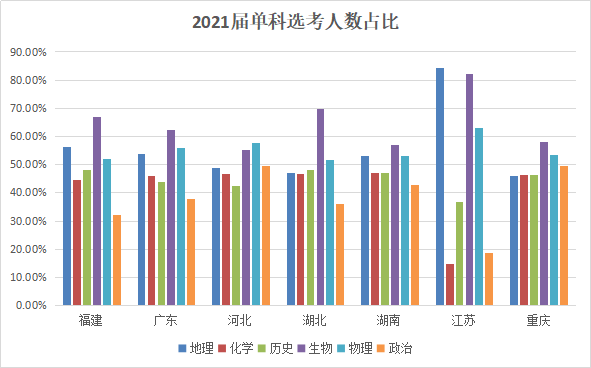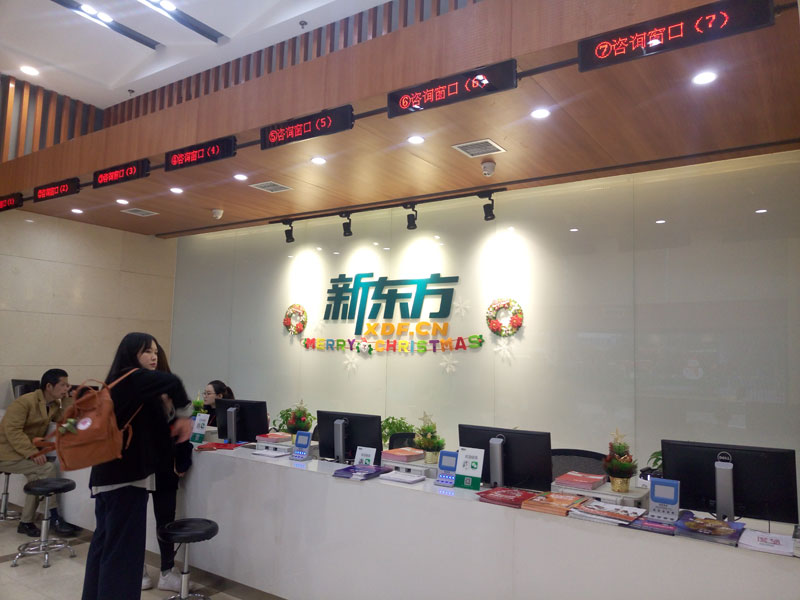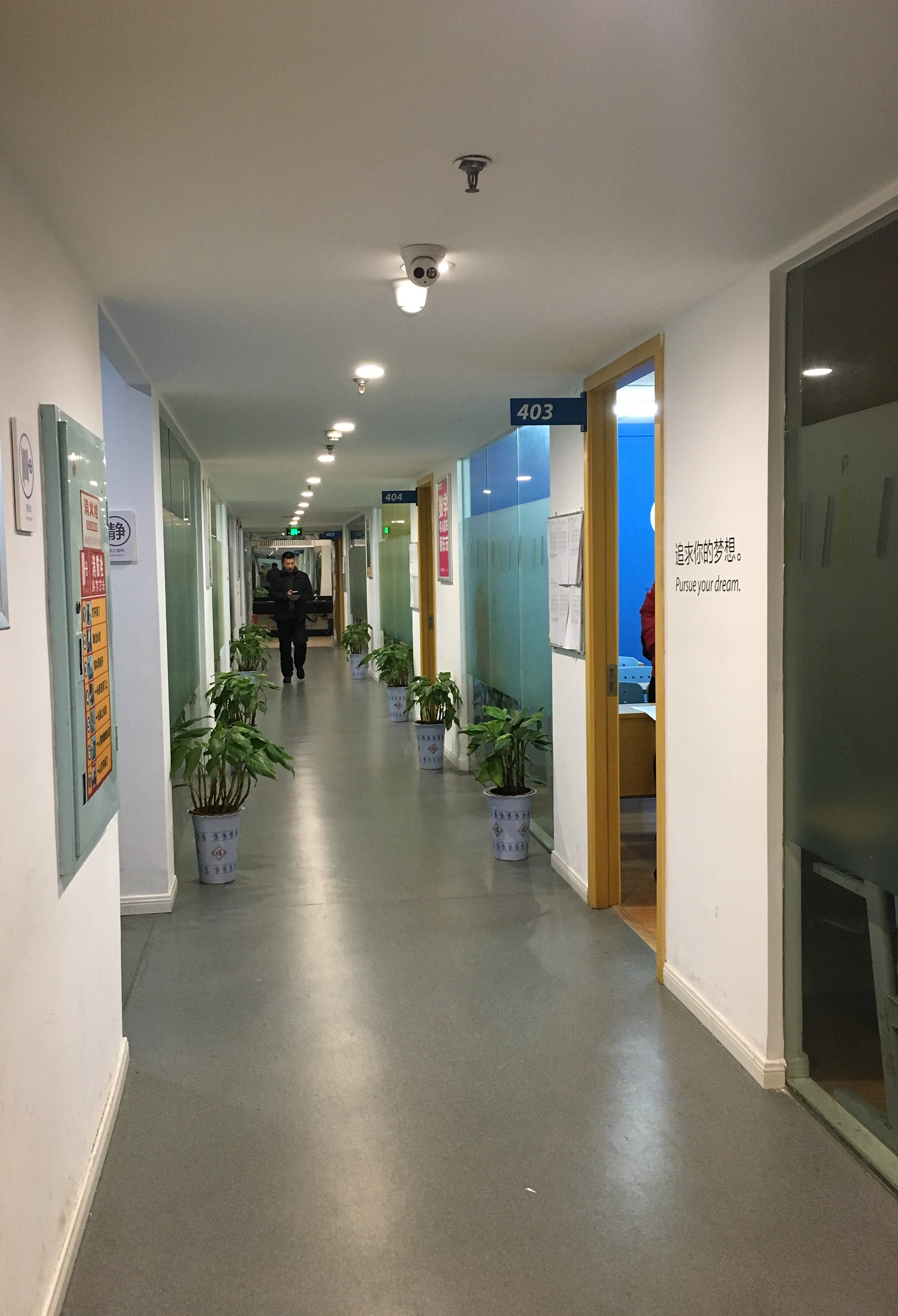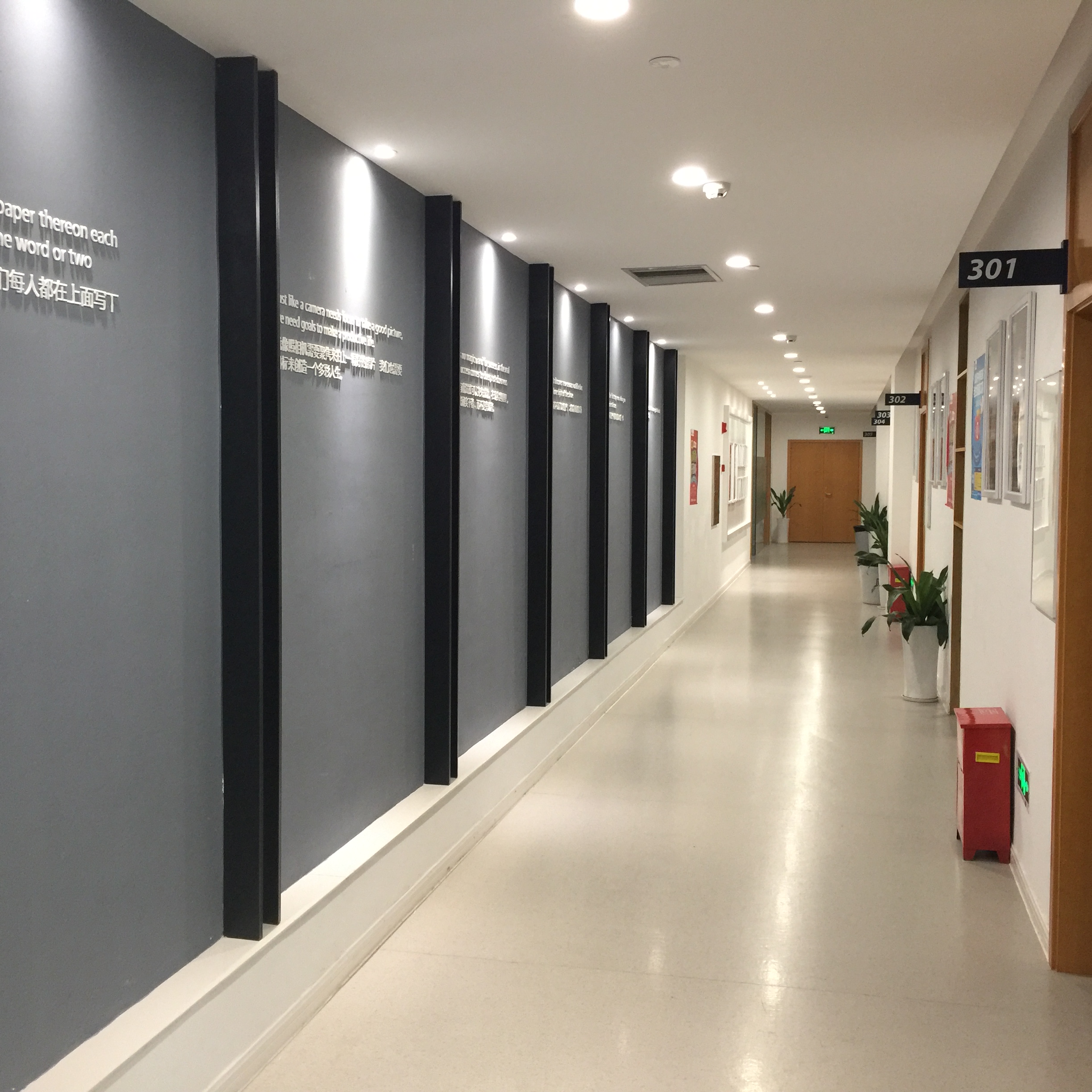①in时间范围大(一天以上)如:in Tanuary, in winter, in 1999;泛指在上午,下午,晚上,如:in the
morning(afternoon, evening).
习惯用法:in the daytime 在白天。
②on指在某一天或某一天的上午,下午,晚上,如:on Monday, on Sunday afternoon, on July 1, 1999
③at时间最短,一般表示点时间,如at six o’clock, at three thirty.习惯用法:at night, at noon, at
this time of year.
in, on和at在表达时间方面的区别
in 表示在某年、某季节、某月、某周、某天和某段时间
in a year在一年中
in spring 在春季
in September 在九月
in a week 在一周中
in the morning/afternoon/evening 在上午/下午/傍晚
但在中午,在夜晚则用at noon/night
on 表示某一天或某一天的某段时间
on Monday 在周一
on Monday afternoon 在周一下午
on March 7th 在3月7日
on March 7th, 1998. 在1998年3月7日
on the morning of March 7th, 1998. 在1998年3月7日上午
at 表示某个具体时刻。
at eight o’clock 在8点钟
at this time of the year 在一年中的这个时候
at the moment 在那一时刻
at that time 在那时
注意:在英语中,如果时间名词前用this, last, next 等修饰时,像这样的表示,“在某时”的时间短语前,并不需要任何介词。
例如:last month, last week, this year, this week, next year, the next day,
the next year等。
1.What’s the weather like in spring/summer/autumn/winter in your
country?
你们国家春天/夏天/秋天/冬天的天气怎么样?
in 在年、月、周较长时间内in a week 在里面
in the room
用某种语言in English 穿着
in red
on 某日、某日的上下午on Sunday afternoon 在……上面
on the desk 靠吃……为生live on rice 关于a book on Physics
〔误〕 We got to the top of the mountain in daybreak.
〔正〕 We got to the top of the mountain at day break.
〔析〕 at用于具体时刻之前,如:sunrise, midday, noon, sunset, midnight, night。
〔误〕 Don't sleep at daytime
〔正〕 Don't sleep in daytime.
〔析〕 in 要用于较长的一段时间之内,如:in the morning / afternoon, 或 in the week / month /
year. 或 in spring / supper /autumn / winter等等。
〔误〕 We visited the old man in Sunday afternoon.
〔正〕 We visited the old man on Sunday afternoon.
〔析〕 in the morning, in the afternoon 如果在这两个短语中加入任何修饰词其前面的介词都要改为on, 如:on a
cold morning, on the morning of July 14th
〔误〕 He became a writter at his twenties
〔正〕 He became a writter in his twenties
〔析〕 这句话应译为:他在20多岁时就成了作家。在某人的一段生活时间段中要用介词in来表示,而在具体岁数时用at来表示。
〔误〕 He went to New York to find a job in sixteen years old.
〔正〕 He went to New York to find a job at sixteen.
〔析〕 在具体年岁前用at, 如:at the age of 12, at your age, 等等。
〔误〕 We went to swim in the river in a very hot day.
〔正〕 We went to swim in the river on a very hot day.
〔析〕 具体某一天要用介词on, 又如:on New Year's Day
〔误〕 I'm looking forward to seeing you on Christmas.
〔正〕 I'm looking for ward to seeing you at Christmas.
〔析〕 在节日的当天用on,而全部节日期间用at,Christmas是圣诞节期间,一般要有两周或更长的时间。
〔误〕 I haven't see you during the summer holidays.
〔正〕 I haven't seen you since the beginning of the summer holidays.
〔析〕 during表示在某一段时间之内,所以一般不与完成时搭配,如:I visited a lot of museums during the
holiday. 而for表示一段时间,可以用于完成时,如:I haven't see you for a long time. 而through
用来表示时间时则为"整整,全部的时间"。如:It rained through the
night.而since则是表达主句动作的起始时间,一般要与完成时连用。
〔误〕 At entering the classroom, I heard the good news.
〔正〕 On entering the classroom, I heard the good news.
〔析〕 On 加动名词表示"一……就"。本句的译文应是:我一进入教室就听见这个好消息了。又如:on hearing… 一听见, on arrival
一到达就……(on表示动作的名词)
〔误〕 In the beginning of the book, there are some interesting stories.
〔正〕 At the beginning of the book, there are some interesting stories.
〔析〕 at the begining与at the end都是指某事物的开始与结束部分,均不指时间范围,而in the beginning
则是指开始一段时间。in the end=at last是指"最终,终于"之意。
〔误〕 Till the end of next week. I will have finished this work.
〔正〕 By the end of next week. I will have finished this work.
〔析〕 by 引起的时间状语表示了动作的截止点,其意思为"不迟于某一时刻将工作做完",所以主句一般是完成时态。当然可以有将来时态,如:I'll be
there by five o'clock.而till则表达其一动作一直持续到某一时刻,但句中的动词一定要用持续性动词,而瞬间的截止性动词应用其否定句式,如:I
won't finish this work till(until) next weekend.
〔误〕 He came to London before last weekend.
〔正〕 He had come to London before last weekend.
〔正〕 He came to London two weeks ago.
〔析〕 before 一般要与完成时连用,而ago则与一般过去时连用。
〔误〕 I have studied English for three years gince I had come here.
〔正〕 I have studied English for three years since I came here.
〔析〕 since用来表达主句动作的开始时间,所以其引出的从句中应为过去时,而不能用完成时态
〔误〕 I can help you repair this bike. You will get it after two hours.
〔正〕 I can help you repair this bike. You will get it in two hours.
〔析〕 中文经常讲两小时之后来取,两天内会修好,而这个介词在英文中要用in而不要用after。其原因有二,①after 多用于过去时,如:I
arrived in New York. After three days, I found a job in the bank. ② after
加时间是表达一个不确定的时间范围,如:after three days,
即三天之后的哪一天都可以。所以在许诺若干时间内会完成某事时,一定要用介词in。
〔误〕 Three days after he died.
〔正〕 After three days he died.
〔正〕 Three days later he died.
〔析〕 after 与 later都可以用来表达一段时间之后,但它们所处的位置不同,after 在时间词前,而later在时间词后。
〔误〕 She hid herself after the tree.
〔正〕 She hid herself behind the tree.
〔析〕 after多用来表达某动作之后,所以有的语法书中称它为动态介词,如:I run after him. After finishing my
homework, I went to see a film. 而behind则多用于静态事物之后。
〔误〕 There is a beautiful bird on the tree.
〔正〕 There is a beautiful bird in the tree.
〔析〕 树上长出的果实,树叶要用on, 而其他外来的人、物体均要用in the tree.
〔误〕 Shanghai is on the east of China.
〔正〕 Shanghai is in the east of China.
〔析〕 在表达地理位置时有3个介词:in, on, to。 in表示在某范围之内; on表示与某地区接壤;to则表示不相接。如:Japan is to
the east of China.
〔误〕 I arrived at New York on July 2nd.
〔正〕 I arrived in New York on July 2nd.
〔析〕 at用来表达较小的地方,而in用来表达较大的地方。at常用于at the school gate, at home, at a bus
stop, at the station, at the cinema, at a small village。
〔误〕 He lived in No. 3 Beijing Road.
〔正〕 He lived at No. 3 Beijing Road.
〔析〕 在门牌号码前要用at, 并要注意它的惯用法:at the end of the street, at the foot of the
mountain, at the top of the page。
〔误〕 There is a colour TV set at the corner of the hall.
〔正〕 There is a colour TV set in the corner of the hall.
〔析〕 在屋内的角落应用in,而墙的外角用at,如:There is a tree at the corner of the street.
〔误〕 This weekend I'll stay in Uncle Wang's.
〔正〕 This weekend I'll stay at Uncle Wang's.
〔析〕 要注意英文的特殊表达法,如:at a tailor's shop (裁缝店)=at a tailor's, at the doctor's
(去看病) at the bookseller's (在书店) at uncle Wang's (在王叔叔家)
〔误〕 Do you know there is some good news on today's newspaper?
〔正〕 Do you know there is some good news in today's newspaper?
〔析〕 在报纸上的新闻要用in, 而在具体某一版上,或某一页上则要用on。
〔误〕 The school will begin on September 1st.
〔正〕 School will begin on September 1st.
〔析〕 这里的school应看作不可数名词泛指学校的课程,即开学之意。要注意,有些活动场所当表达正在从事该种活动时不要加冠词,如:at table
(吃饭), When I came to Tom's home, they were at table. 还有: at desk (学习),at work
(工作) at school (上学), in hospital (住医院) at church 作礼拜如加上定冠词则另有他意,如:at the school
即在学校工作或办事,in the hospital 即在医院工作或去看望病人。
〔误〕 In my way to the station, I bought a newspaper to kill time.
〔正〕 On my way to the station, I bought a newspaper to kill time.
〔析〕 译文为:在去车站的路上我买了份报纸,为的是消磨时光"在……的路上"应用on one's way…。而 in the way
有挡道之意,如:Please move the chair it is in the way。
更多少儿学习内容请关注:泡泡少儿
了解新东方少儿课程信息请点击: 泡泡少儿 少儿专题





















 京公网安备11010802021790号
京公网安备11010802021790号









 学习资料
学习资料
